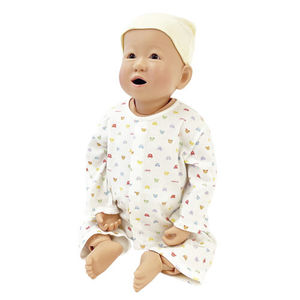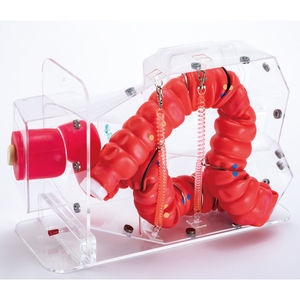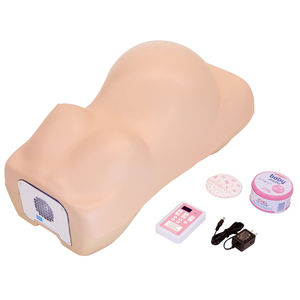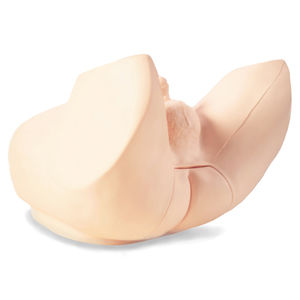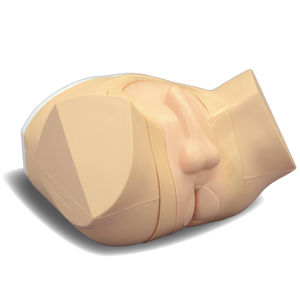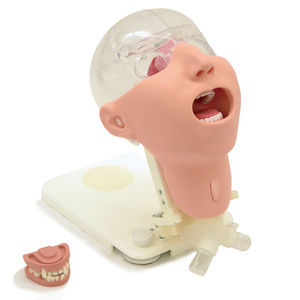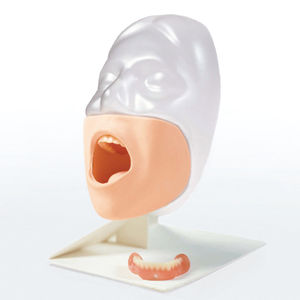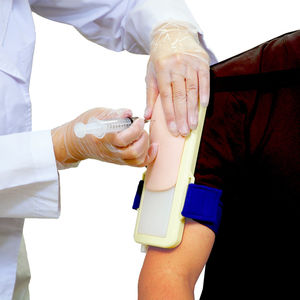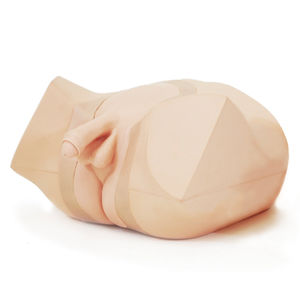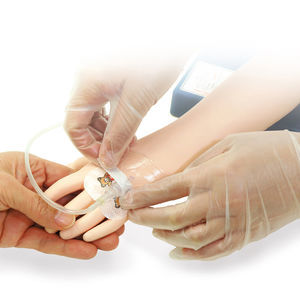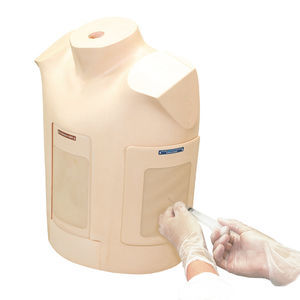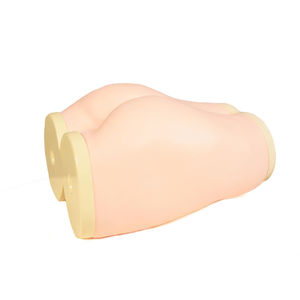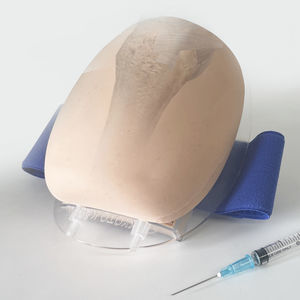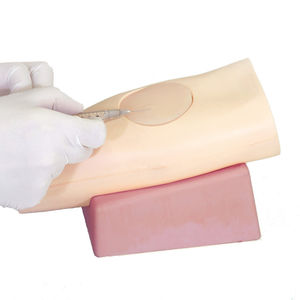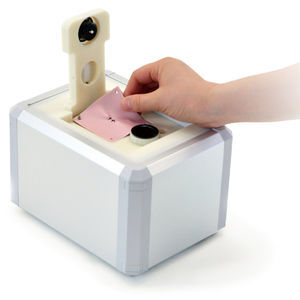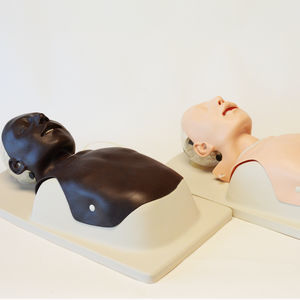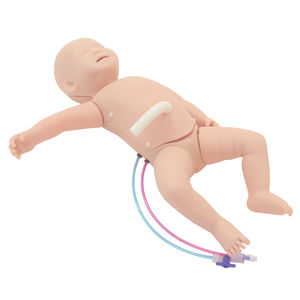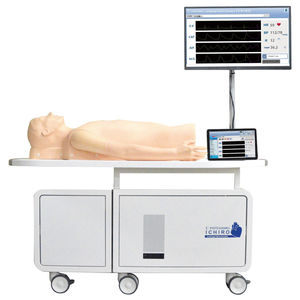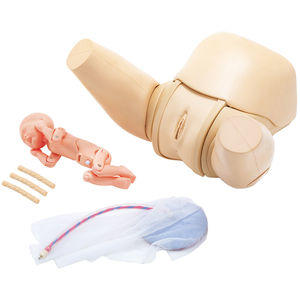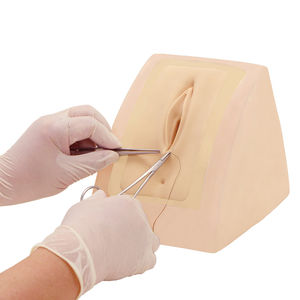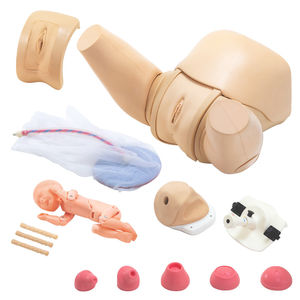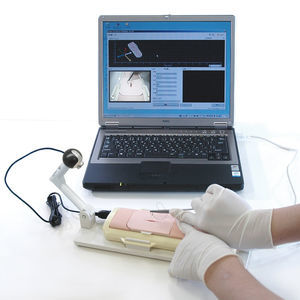

- Company
- Products
- Catalogs
- News & Trends
- Exhibitions
Auscultation patient simulator LSAT ver.2breathingfor general carefor cardiopulmonary care

Add to favorites
Compare this product
Characteristics
- Procedure
- auscultation, breathing
- Application
- for general care, for cardiopulmonary care
- Form
- torso
- Options
- with sound generator
Description
Used by 96% of medical faculties in Japan, LSAT is now renewed and improved! In just a few taps away, improve lung assessment skills by combining theory and practice with real lung sound recordings and case information.
Features
Based on acoustic analysis of recorded lungs sounds, each are classified according the American Thoracic Society standards. With this approach, lung sounds are categorized as continuous (wheezes, rhonchi, or stridor) or discontinuous (crackles). Crackles are further identified as fine or coarse.
PWireless multi-unit operation / Simulaneous anterior and posterior auscultation / LED light panel to indicate inspiration and expiration
Training skills / Applications - Lung sound auscultation from anterior and posterior
Case / Pathology - Background heart sounds are available in 5 volume levels.
Normal
standard / mildly strong sounds / mildly rapid / loud heart sounds
Coarse crackles
right lower area / both lower area / right upper and middle area / left lower area / both upper area / whole area
Wheezes
upper area 600-700Hz / upper area 350-450Hz / upper area 200-1000Hz
Miscellaneous continuous sounds
stridors / squawks
Abnormal
weak: left lower area / weak: left whole area (adhesion) / weak: left whole area(pneumothorax) / absent: right middle and lower areas / weak: right whole area / absent: right whole area / weak: whole area / bronchial breathing
Fine crackles
both lower area / both middle lower area / whole area (IPF) / whole area (NSIP)
Rhonchi
trachea and upper area 150-250Hz / trachea and upper area 150-450Hz(polyphonic) / trachea and upper area 80-120Hz / whole area 80-200Hz
VIDEO
Catalogs
Related Searches
- Demonstration simulator
- General care medical simulator
- Training manikin
- Upper body simulator
- Surgical simulator
- Patient simulation unit
- Pad simulator
- Injection simulator
- Portable simulation trainer
- Lower body simulator
- General care training manikin
- Vital sign simulator
- Upper body training manikin
- Emergency care simulation unit
- Woman simulator
- Puncture simulator
- Obstetrical/gynecological simulator
- Suture simulator
- Plastic simulator
- Anatomy simulation trainer
*Prices are pre-tax. They exclude delivery charges and customs duties and do not include additional charges for installation or activation options. Prices are indicative only and may vary by country, with changes to the cost of raw materials and exchange rates.


